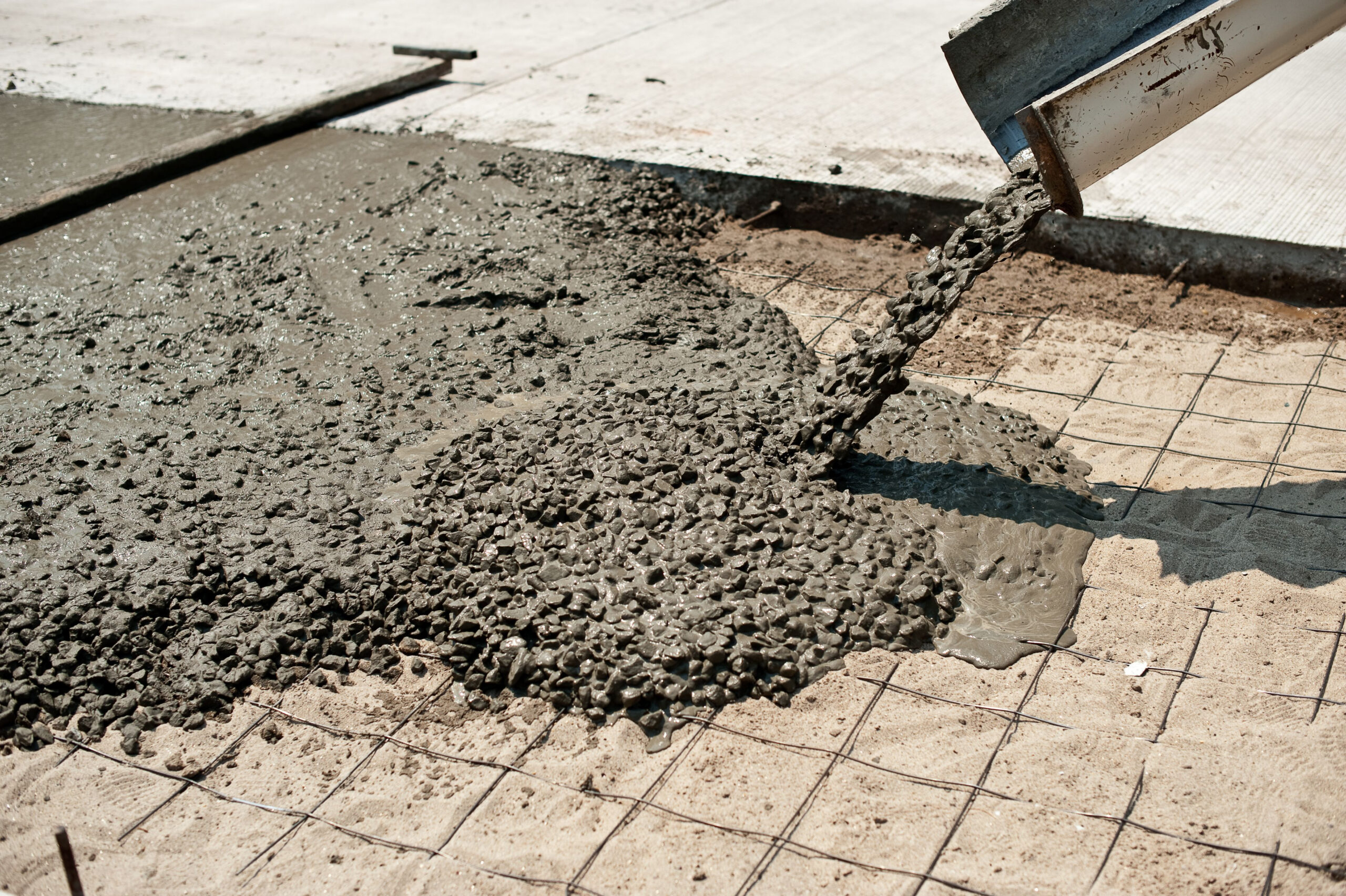When it is cold outside, you may dread the thought of a concrete project. After all, you know cold weather makes this job harder and takes longer. While that’s true, you shouldn’t be deterred. There is some information that may help.
Concrete and Curing Time
If you have worked with concrete before, you know it takes time to cure. On the micro-level, the cement’s hydration increases the mix resistance. When cold weather moves in, the cement paste will take longer to reach the level of strength needed and may cost you time. You must wait long enough to ensure it is safe to remove the formwork and move forward with your project.
If you aren’t prepared, the internal temperature may reach critical limits, which can cause irreversible structural damage. The worst-case scenario is that you must demolish and repour.
While monitoring the air temperature is important, keep an eye on the wind speed and humidity. These can also impact the internal temperature and evaporation rates of concrete.
Dangers of Frozen Concrete
If plastic concrete is exposed to sub-freezing temperatures, the final strength may be reduced by up to 50%. Damage can occur when the water freezes and expands. This creates ice crystals and a porous microstructure. Because of this, you must keep the concrete warm until it reaches the resistance level of 500 psi. However, excessive heat can compromise the ultimate level of resistance. You must find the right balance.
Reaching the proper strength is a part of the goal; however, it’s also important to avoid damage to the concrete. Cold weather and frozen concrete increase the risks of shrinkage and thermal cracking.
Equip Yourself to Ensure Your Construction Project Keeps Moving
Investing in concrete protections, specialty admixtures, and technology to monitor the concrete remotely in cold weather is recommended. Stopping your operations is expensive, even if you are waiting for better conditions.
To avoid this, make sure you are prepared and have what you need on hand to combat the elements.
One way to reduce damage and other issues is by controlling the concrete temperature. This can also help you save time and money. You can warm up the aggregates or water or use accelerating admixtures to do this. With this in place, you may be able to avoid cases of cold weather concrete damage.
When pouring the concrete, be sure it isn’t placed on frozen ground. If this happens, it will likely freeze and crack before it is fully cured. There may also be a void under it once the soil thaws and recedes, which can cause cracking. If necessary, warm the ground before pouring the concrete.
Ensuring Success with Winter Concrete Projects
As you can see, there’s a lot that can go wrong when it comes to pouring concrete in the winter. Because of this, you need to take steps to ensure your project is successful. The tips here will help; however, hiring a professional service is also wise. This will ensure that no serious issues arise.


